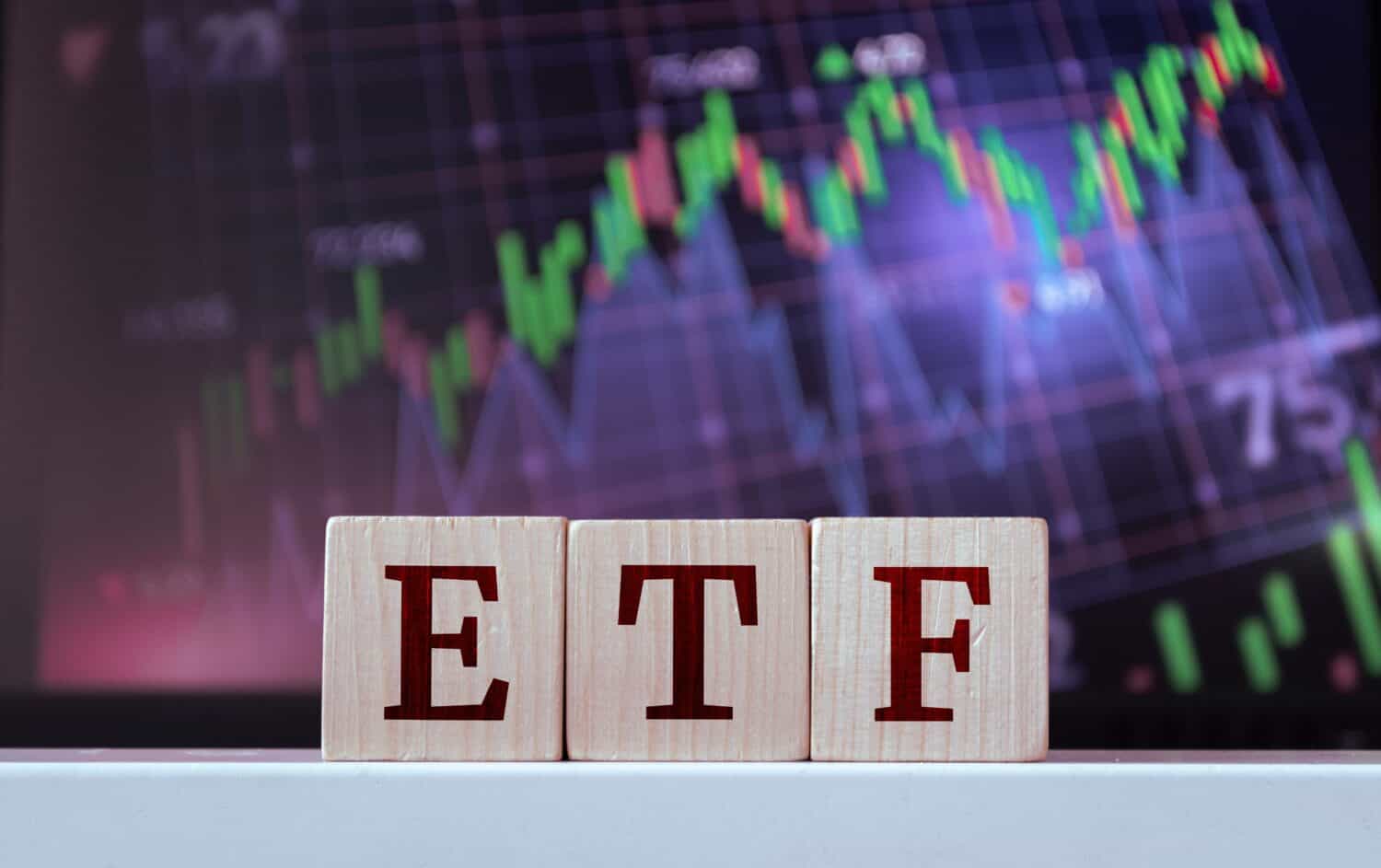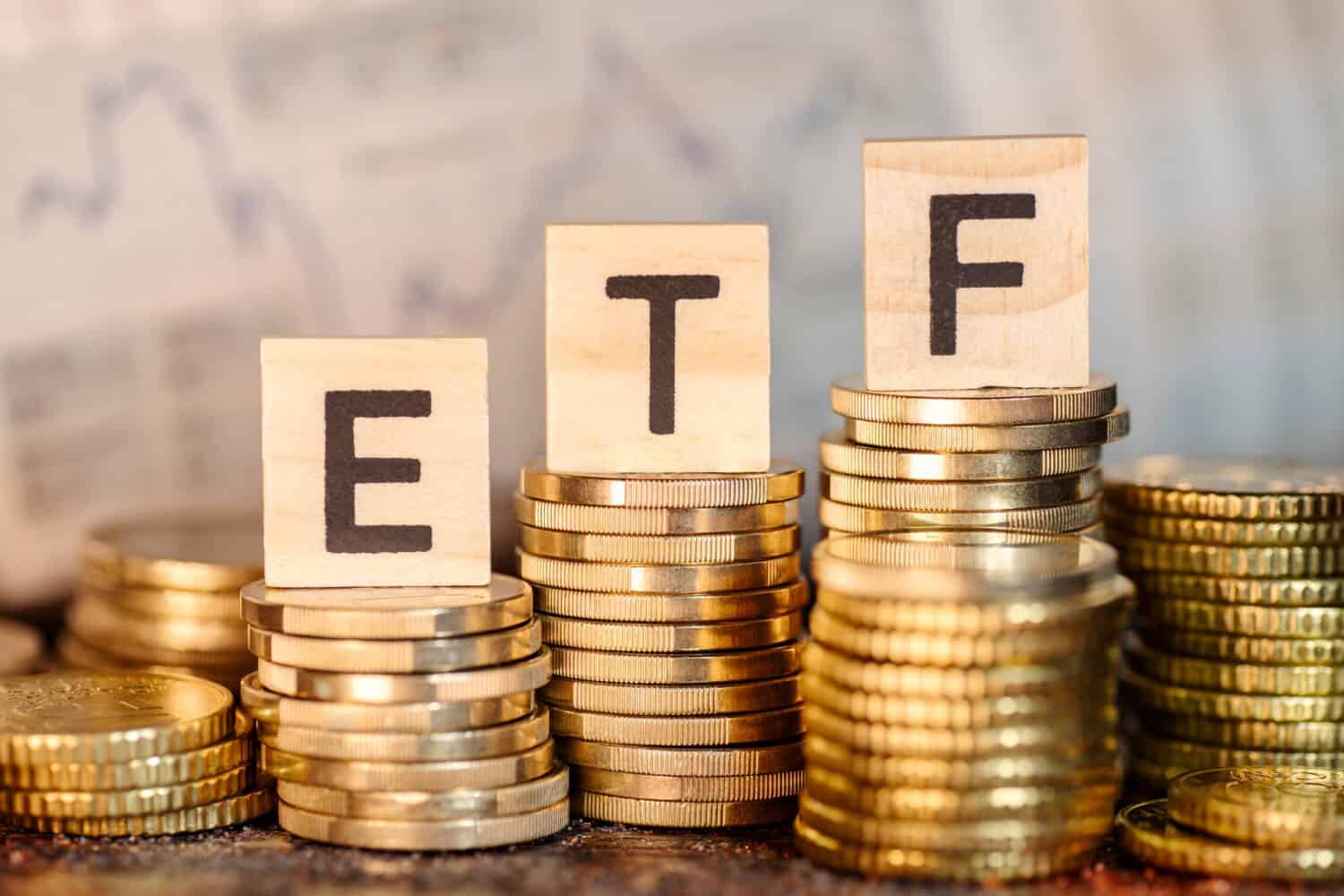
There are a number of different ways for investors to gain exposure to the market. Whether it’s actively picking stocks or simply buying the market via an index fund, gaining exposure to equities really is as easy as setting up an account. Indeed, the path most investors will choose over the course of their lifetimes may be more correlated with their risk appetite and time constraints than anything else.
It should be noted that many of the greatest institutional investors out there still utilize passive investing options to put capital to work when ideas may be less obvious. Without high conviction, putting one’s capital to work in a basket of highly-diversified stocks at rock-bottom fees certainly makes sense. It’s a cheat code, of sorts. The rise of exchange traded funds (ETFs) that track very broad indices has really re-shaped the game for how money is managed on a personal (and often wider) basis.
So, for those investors out there who simply don’t have the time to research individual stocks and model out future earnings, here are three top index ETFs I think are worth considering right now. For those with a truly long-term investing time horizon that want to stay invested no matter what, these are the ETFs I’d pick to dollar cost average into over many years.
Key Points About This Article:
- Investors looking to gain passive exposure to the stock market certainly have a wide range of investment vehicles to choose from.
- These three ETFs are among the most well-diversified low-cost options out there for long-term investors looking to dollar cost average into equities.
- If you’re looking for some stocks with huge potential, make sure to grab a free copy of our brand-new “The Next NVIDIA” report. It features a software stock we’re confident has 10X potential.
SPDR S&P 500 ETF Trust (SPY)

The SPDR S&P 500 ETF Trust (NYSEMKT:SPY) is perhaps the most well-known index ETF out there. With a 0.09% expense ratio, this fund is among the most affordable out there, allowing investors to have a portfolio that directly tracks the performance of the S&P 500 over the long-term. Given the long-term performance of the S&P, that’s a good thing.
I think of the S&P 500 as Darwinian in a way. Every year, the worst-performing stocks get bumped from the index, with new companies coming in. This means that investors get access to the best 500 companies in the U.S., without having to aggressively rebalance their portfolio over time (and incur fees doing so).
With top weightings going to mega-cap tech companies, but also a broader exposure to other areas of the economy with the bottom 400 or so companies in this index, investors can gain leverage to the long-term growth potential of the U.S. market. That’s what makes this fund so enticing to so many investors.
Notably, SPY became the first ETF to surpass $600 billion in assets, driven by strong market gains and high ETF demand. This fund continues to see capital inflows, as smaller retail investors (like you and I) as well as institutional money managers look for ways to at least track the overall market return.
There will always be some winners and losers, but holding the entire basket can provide better returns over the long-term. This is one such basket I’d invite passive investors to consider right now.
Vanguard Total Stock Market ETF (VTI)

The Vanguard Total Stock Market ETF (VTI) is another simple, low-cost investment vehicle that provides broad diversification and strong performance. Unlike SPY, which tracks only the S&P 500 (the 500 largest companies in the U.S. stock market), VTI tracks the CRSP US Total Market Index, holding 3,674 stocks. Thus, investors looking for broader diversification to more mid- and small-cap companies may choose this ETF over SPY, but to each their own.
Lower interest rates could disproportionately benefit smaller and medium-sized companies, as these are the firms that are often more indebted with less stable cash flows. However, quality matters, and in bear markets these stocks can underperform. Thus, there have been periods of outperformance and underperformance for VTI versus SPY, and the small differences in how stocks are weighted and which stocks are held in these baskets leads to these divergences.
That said, over the long-run, both index funds should perform roughly the same. This fund’s higher allocation to consumer discretionary (13.8%), industrials (12.1%), healthcare (11.4%), and financials (10.5%) may be enticing to many investors who still want exposure to tech (technology stocks represent more tan 35% of this index as well).
Vanguard S&P 500 ETF (VOO)

Vanguard’s history of creating some of the best and most well-known ETFs has allowed investors to benefit from this trend over the long-term. One interesting thing I’ve noticed is the firm’s Vanguard S&P 500 ETF (NYSEMKT:VOO) appears to be more readily-accessible in retirement accounts, making this SPY competitor easier to access (one of the key reasons I own it), with very similar exposure.
Tracking the top 503 companies in the U.S. (weighted by market capitalization), VOO is what I would call nearly identical to SPY in most respects. The weightings of these funds, and the large-cap exposure they provide to U.S. equities, can benefit investors over the long-term. This is the particular fund I’ve chose for some of my retirement accounts due to the fund’s rock-bottom 0.03% expense ratio. I haven’t found a lower expense ratio out there, and lower fees generally mean more compounding over time. Even if it’s a small difference, that’s what I prefer, and that’s why I go this way.
The race to the bottom in terms of fees in the ETF world has certainly benefited long-term investors, and I’d say there’s very little juice left to squeeze out of this fruit. Accordingly, for those looking to ramp up exposure to the markets over the long-term, finding the lowest-cost (and most broadly diversified) basket to invest in is important. This would be among my top picks right now based on these criteria.
Are You Still Paying With a Debit Card?
The average American spends $17,274 on debit cards a year, and it’s a HUGE mistake. First, debit cards don’t have the same fraud protections as credit cards. Once your money is gone, it’s gone. But more importantly you can actually get something back from this spending every time you swipe.
Issuers are handing out wild bonuses right now. With some you can earn up to 5% back on every purchase. That’s like getting a 5% discount on everything you buy!
Our top pick is kind of hard to imagine. Not only does it pay up to 5% back, it also includes a $200 cash back reward in the first six months, a 0% intro APR, and…. $0 annual fee. It’s quite literally free money for any one that uses a card regularly. Click here to learn more!
Flywheel Publishing has partnered with CardRatings to provide coverage of credit card products. Flywheel Publishing and CardRatings may receive a commission from card issuers.
Thank you for reading! Have some feedback for us?
Contact the 24/7 Wall St. editorial team.





